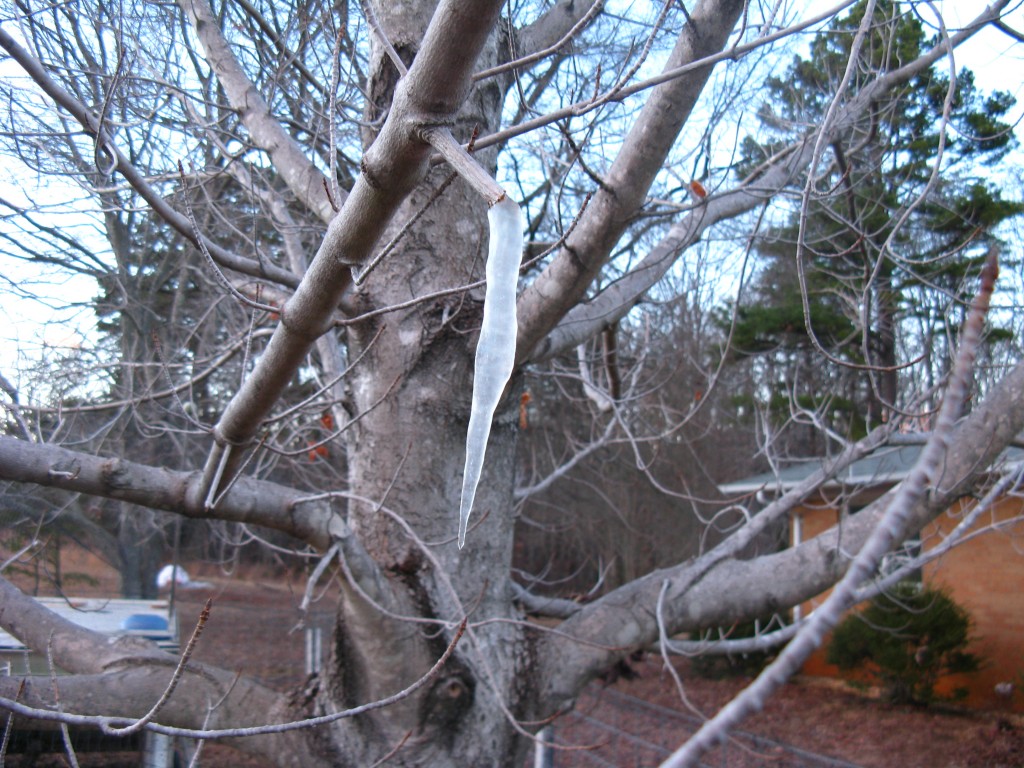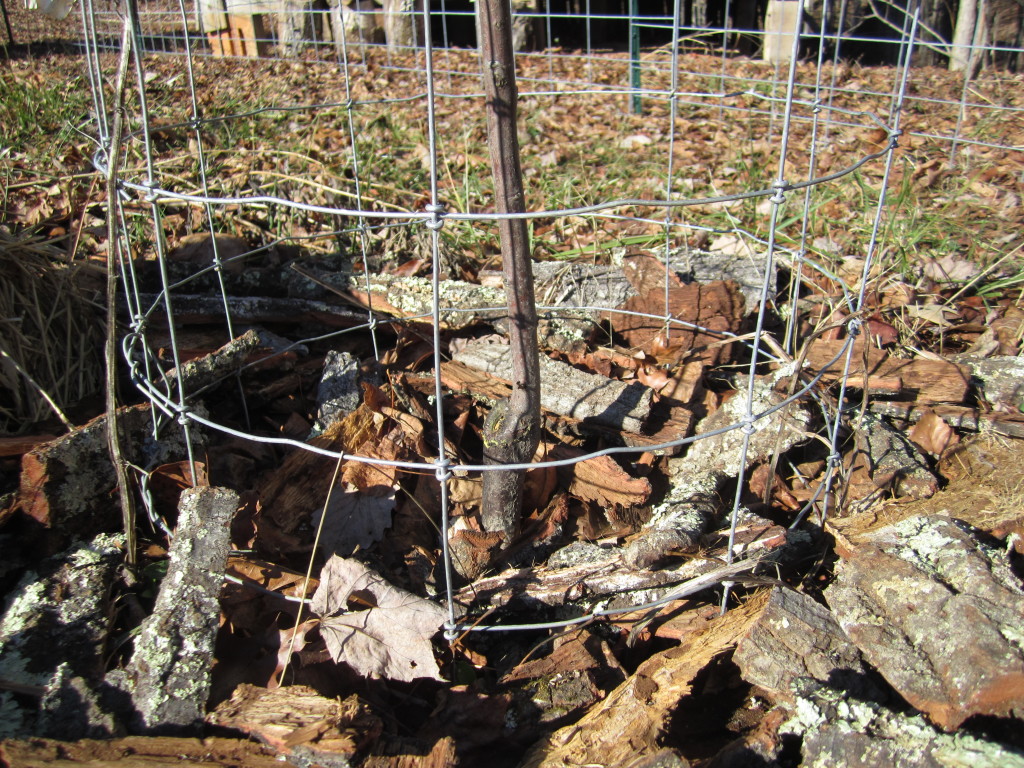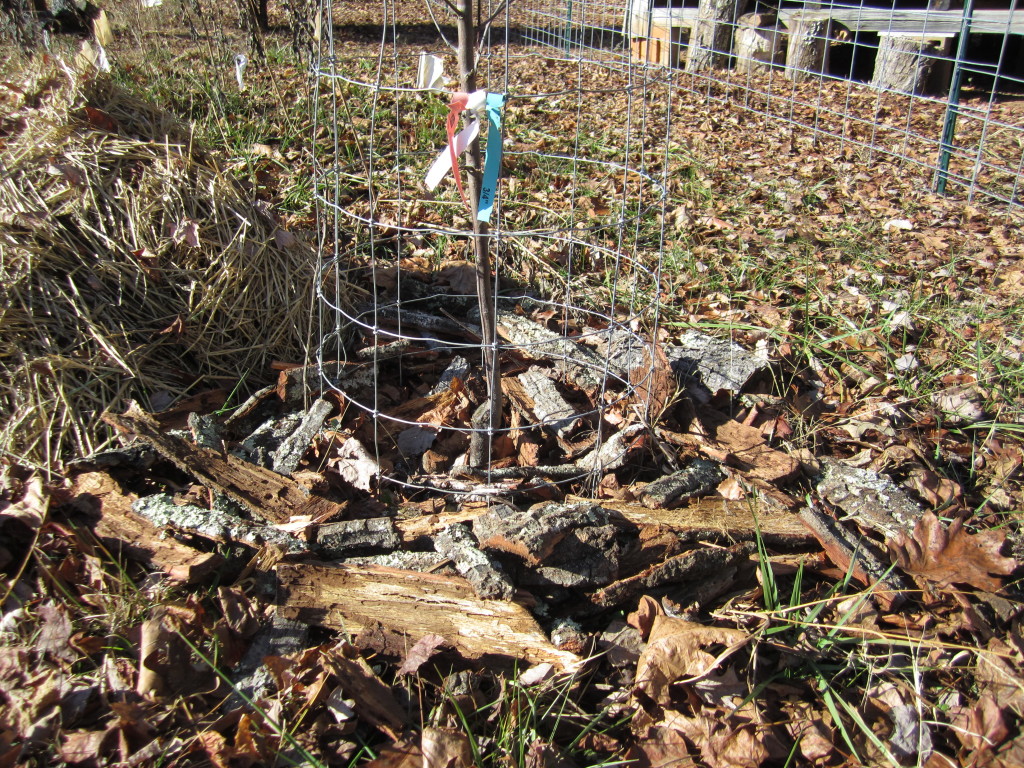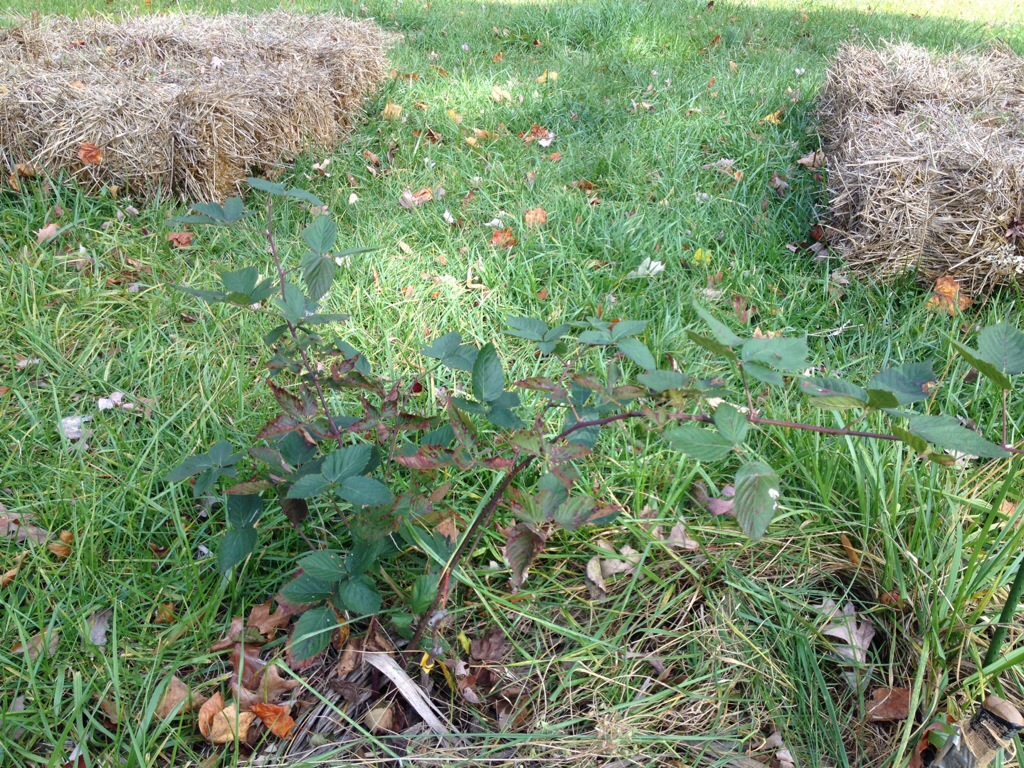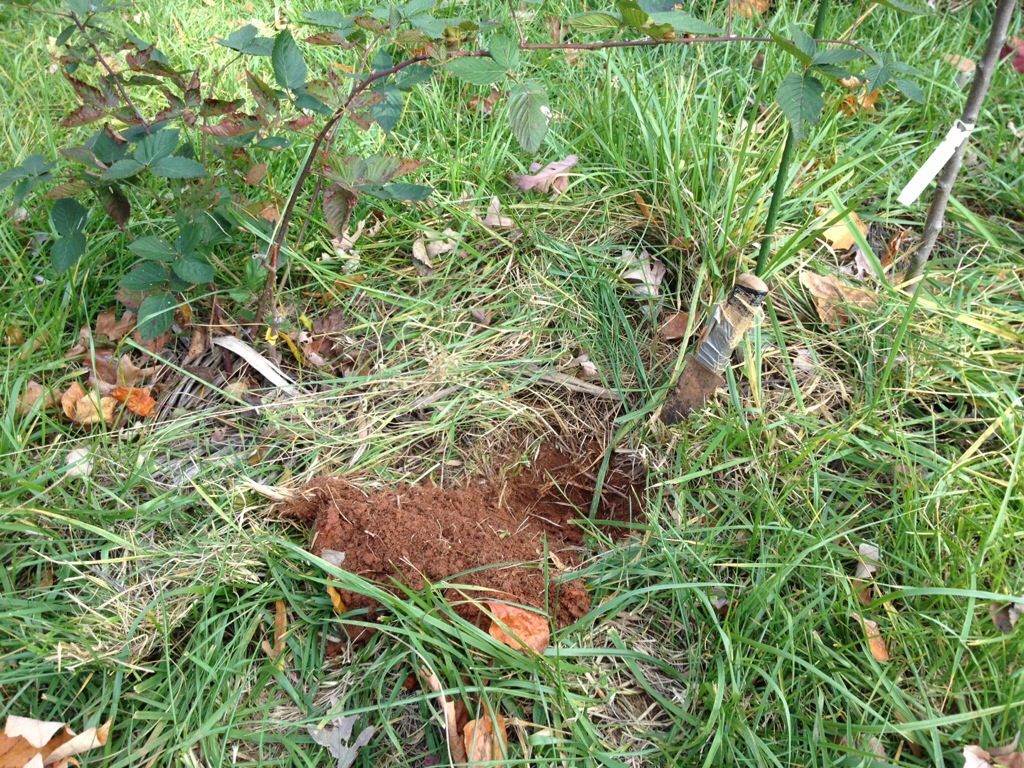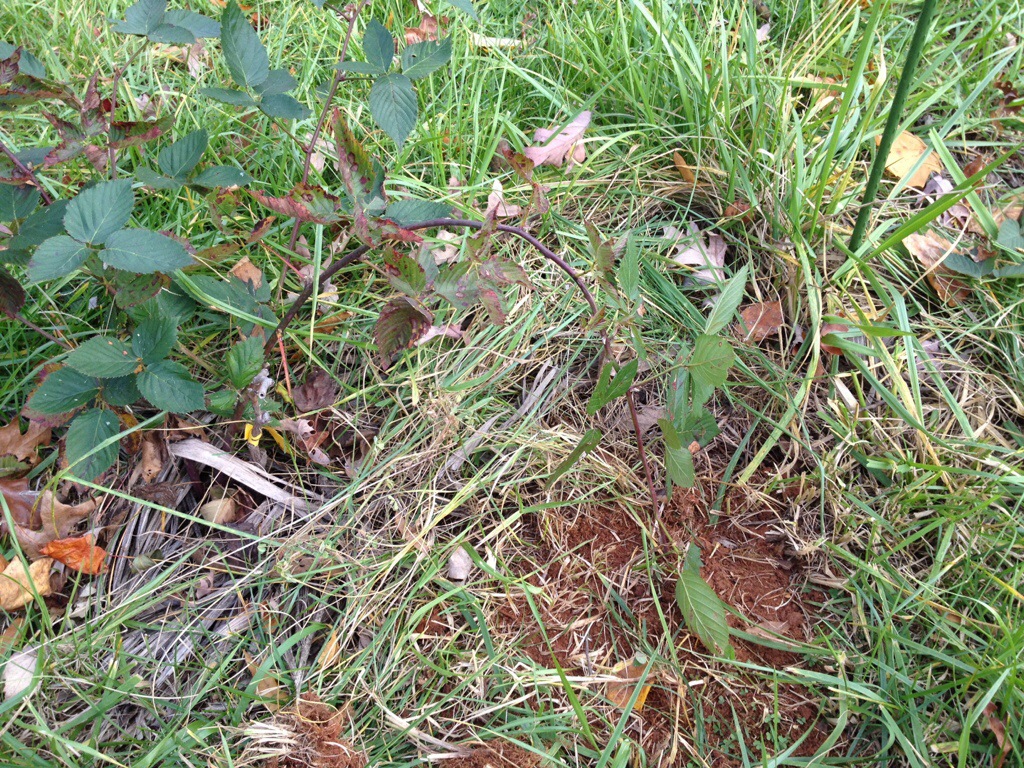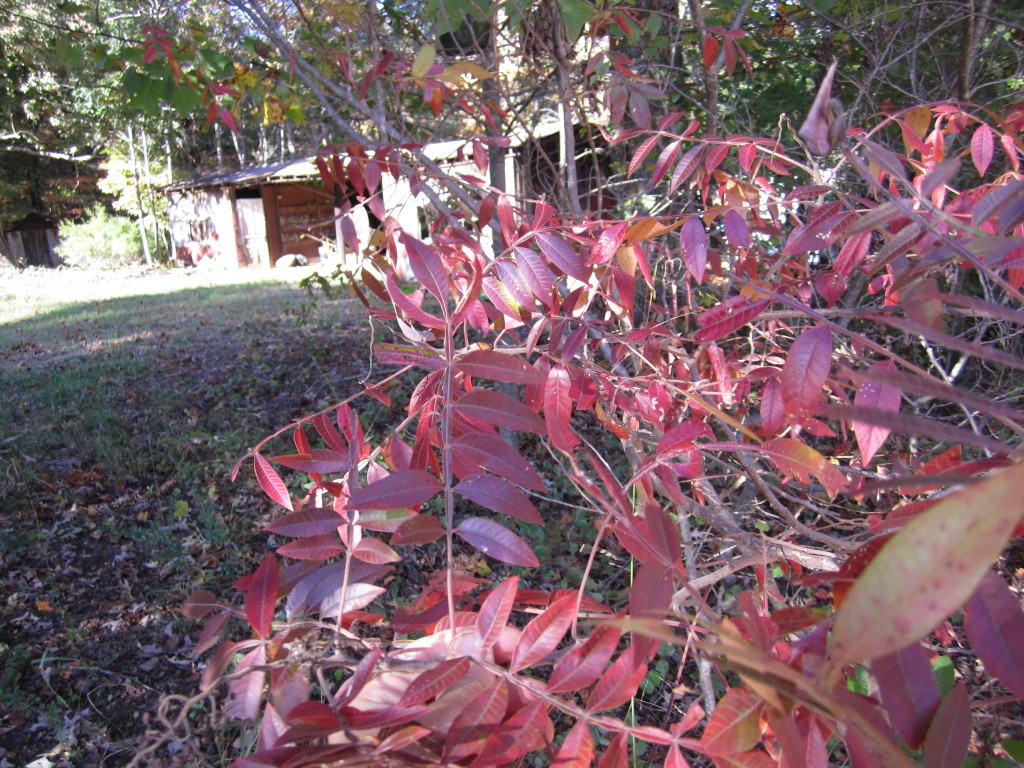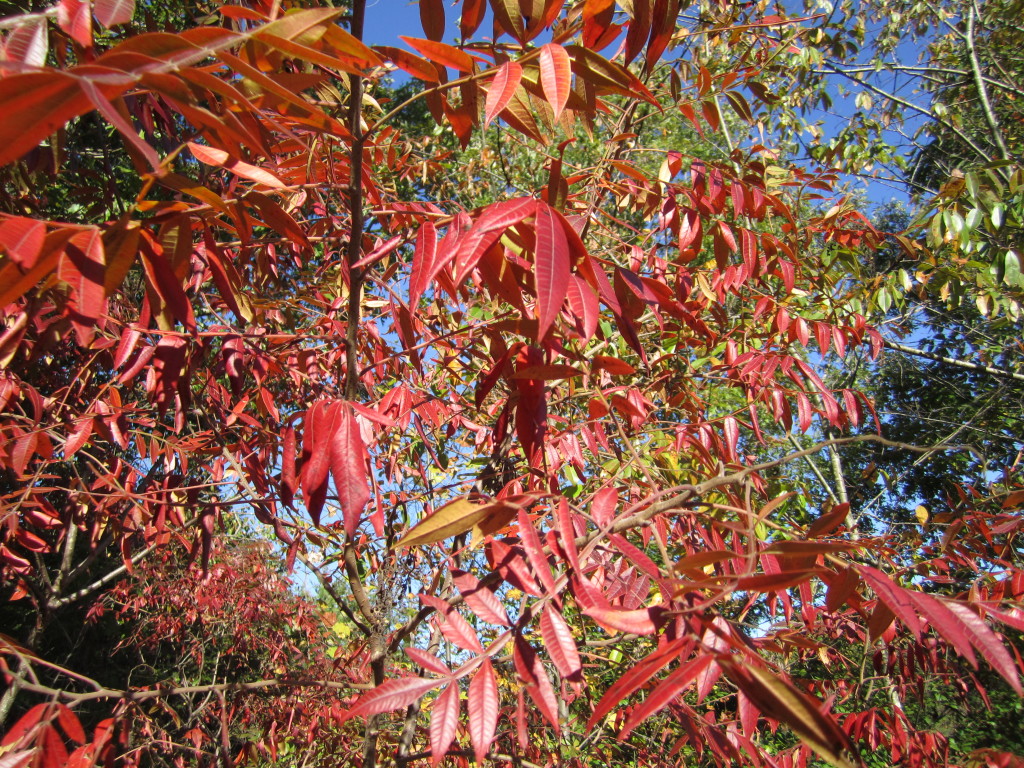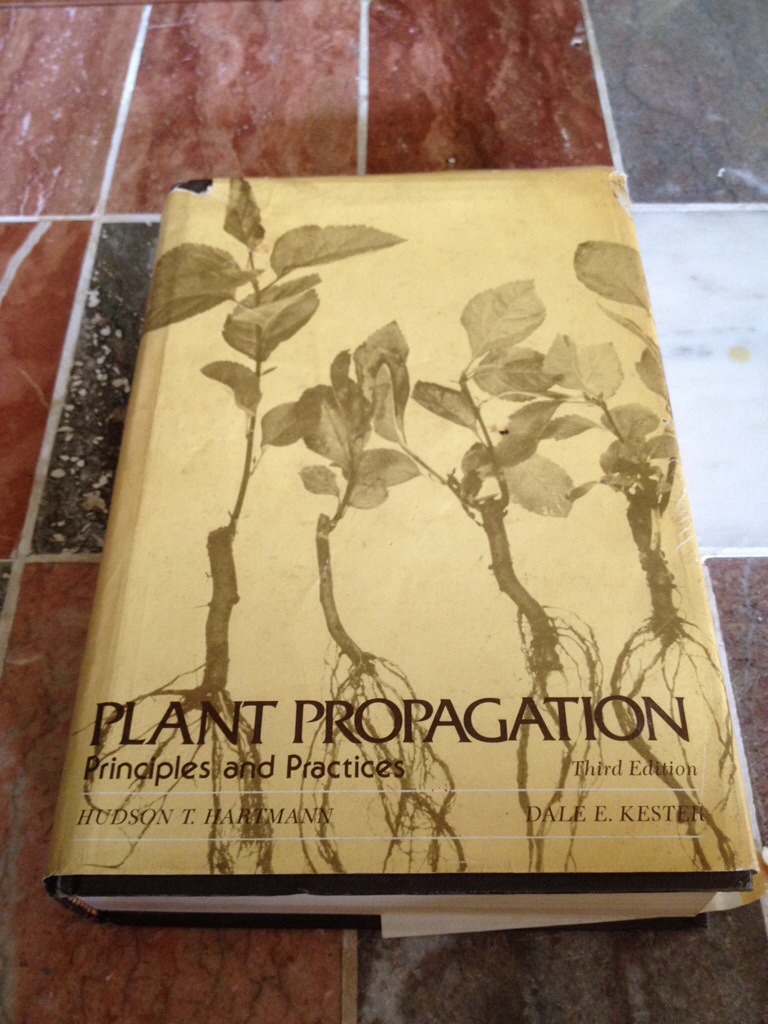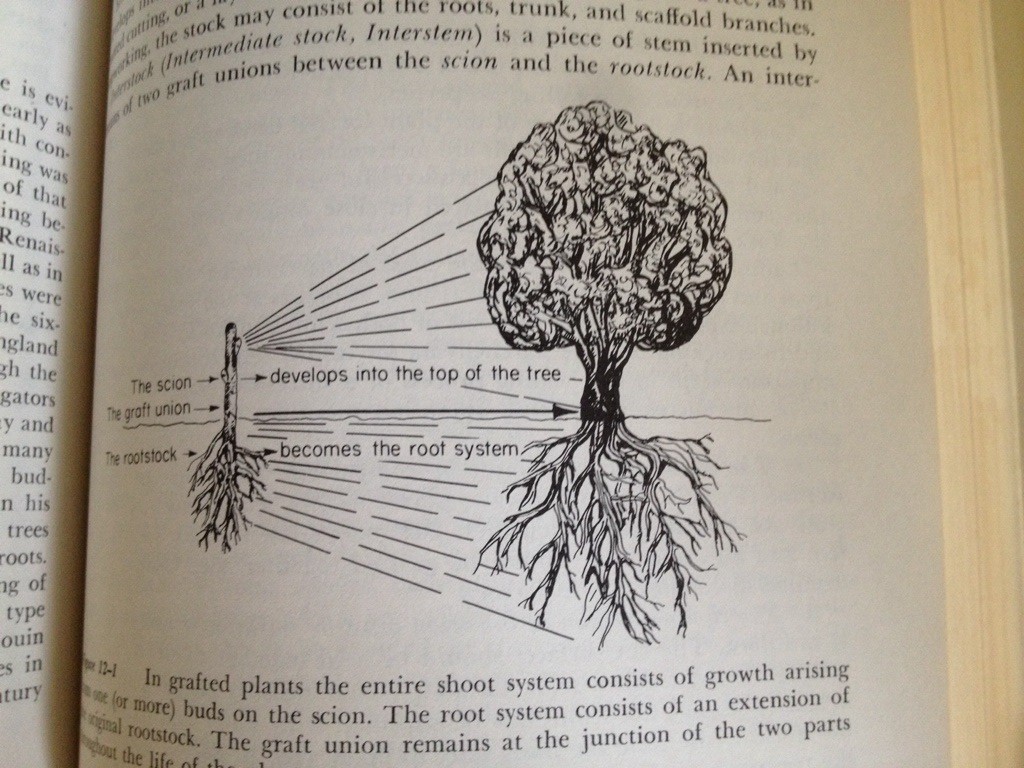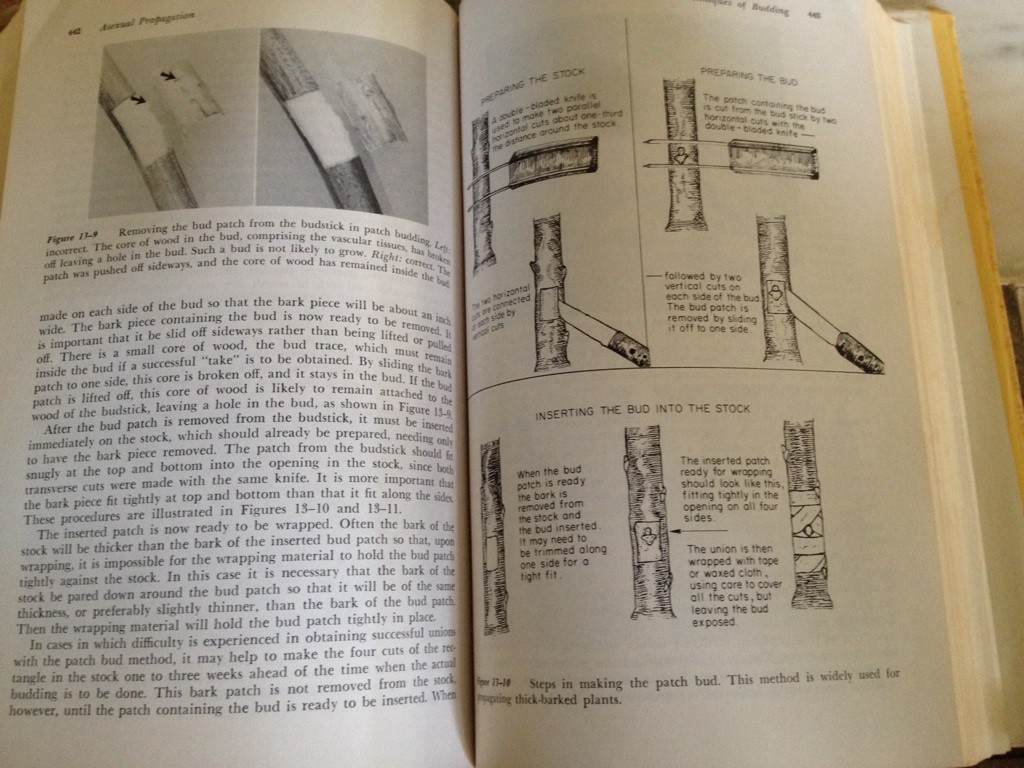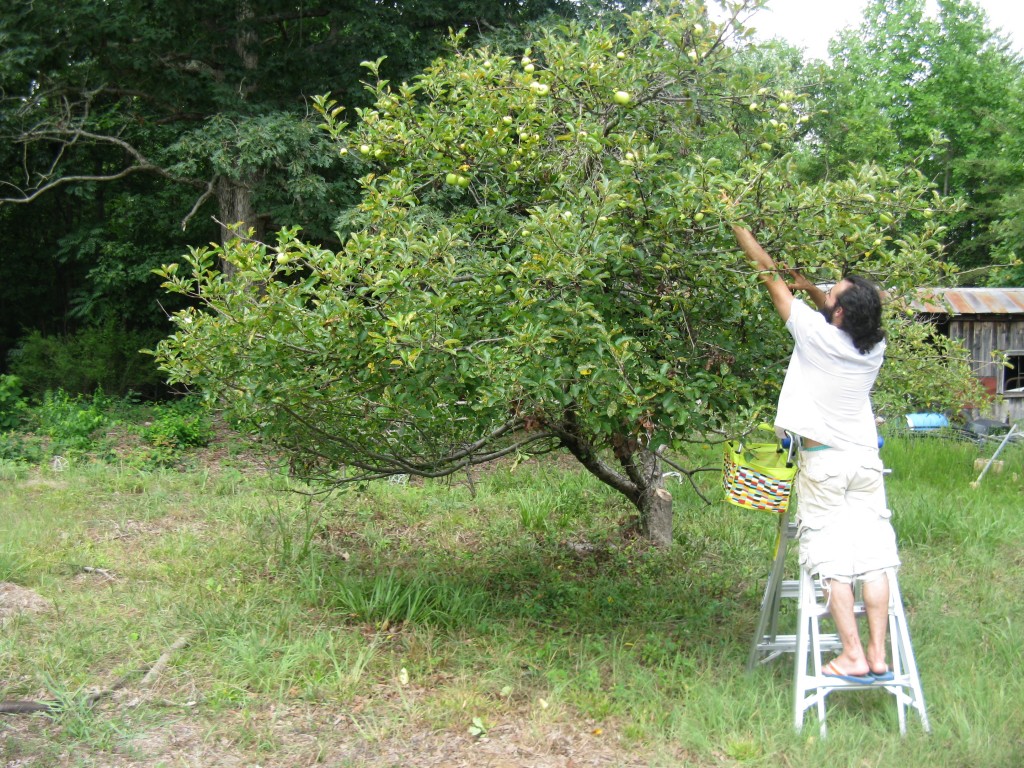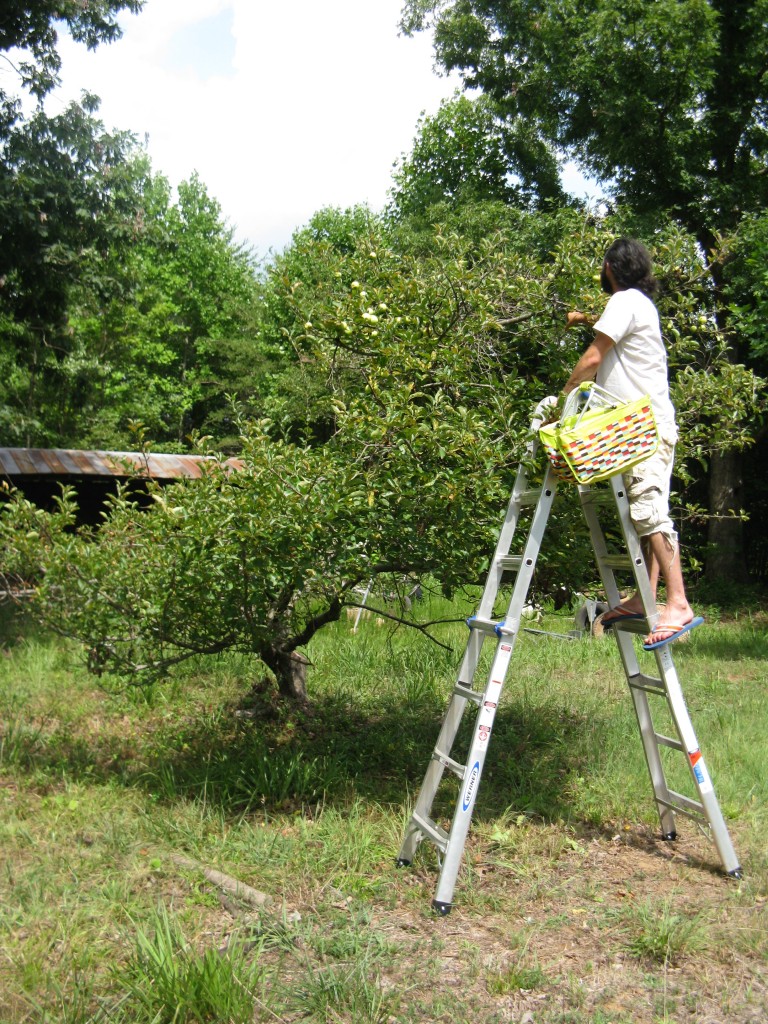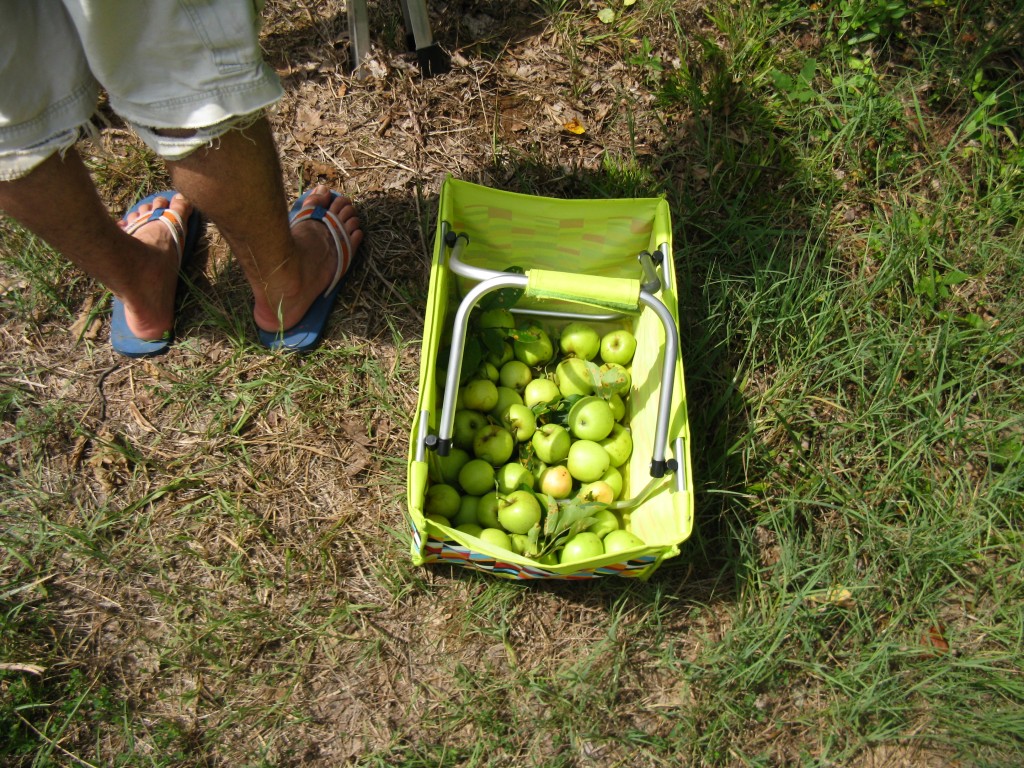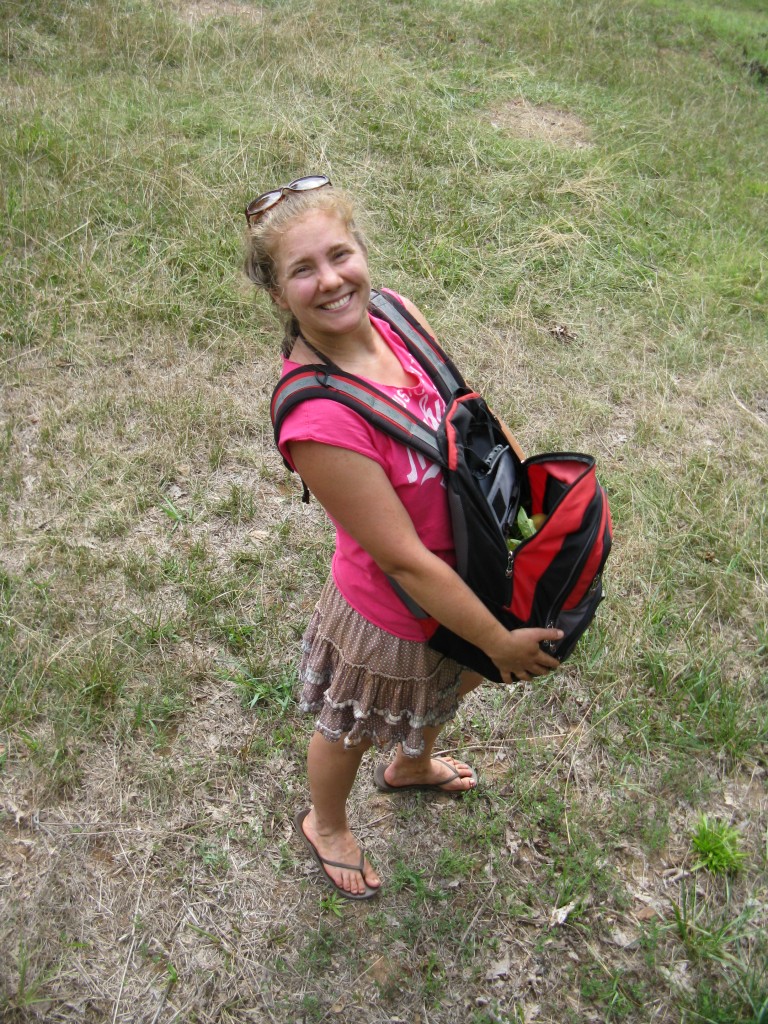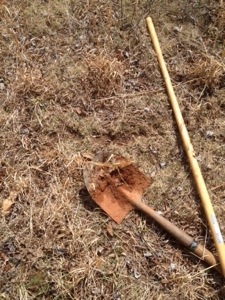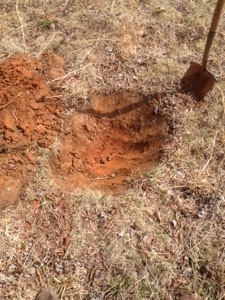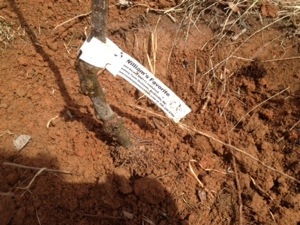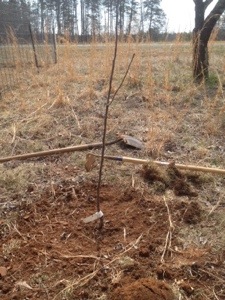Harvest season is upon us! In addition to the wild blackberries we put up, we harvested apples the other day from our somewhat deformed backyard Apple tree. This tree was planted by the previous owners of our homestead and forgotten to the point that it was almost completely engulfed by a massive honeysuckle vine.
Our first year here, it produced only a few small and tart apples that were eventually all eaten by deer, but after removing the honeysuckle and some heavy pruning, we were rewarded with a 32 pound harvest last summer.
This winter, I pruned it even more, and actually grafted some Roxbury russet scion onto a few potential leaders. Serious pruning of any fruit tree should be carried out over several seasons, so as not to shock the tree too badly.
This year, we harvested a little over 40 pounds of apples. Now that’s not the 4-7 bushels that I talk about in my post on the value of a fruit tree investment, but it is a lot of apples for, other than a little pruning in winter, and 20 minutes of picking in Summer, essentially no input. No fertilizer, insecticide, fungicide, herbicide, or irrigation.
Now of these 40 pounds of apples, I’d say that only 15% are “grocery store” apples. That is nice and plump, with no blemishes, bruises, funny shapes or insect bites. We’ll eat these fresh and savor every bite.
The rest of the apples will be processed and preserved. We are plan on drying/dehydrating them. Of these apples, the non grocery store apples, most of them contain either a few minor defects, or 1 large defect. They also tend to be a bit smaller, and more oddly shaped. This doesn’t effect the flavor though and they should dehydrate fine. 70% of our apples fall into this category.
The next batch of apples have more serious defects, often a major soft spot that will effect its shelf life, or many medium sized defects. These apples are often small, and we are going to have to cut around the bad parts when we dehydrate them. They are still usable, but the yield of fruit on them is low. I’d say about 10% of the apples fit this category.
The last category are the culls. They’re pig food. These apples are either too small to mess with, or almost completely covered in defects and soft spots. Drops and rotten apples fall into this category and they will be fed to the pigs who will enjoy them thoroughly. The remaining 5% fall into this category.
All in all not too bad, and we will definitely update you when we start dehydrating apples!





